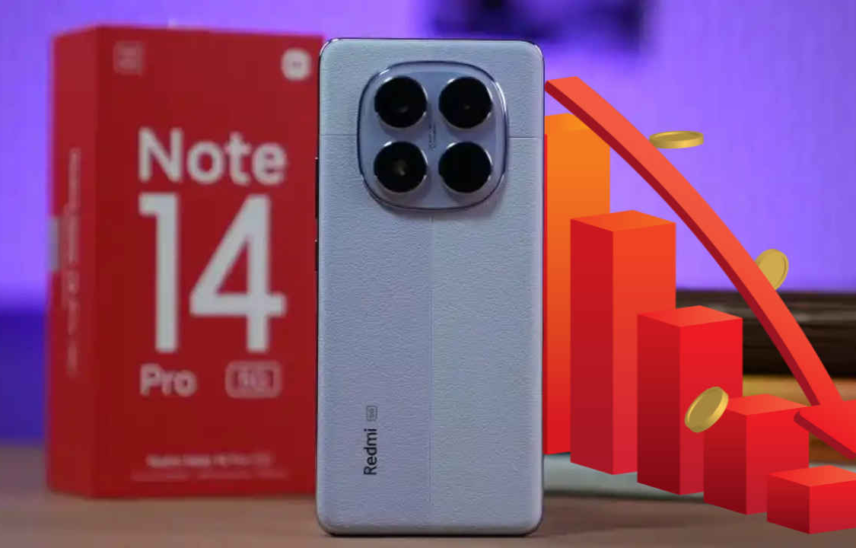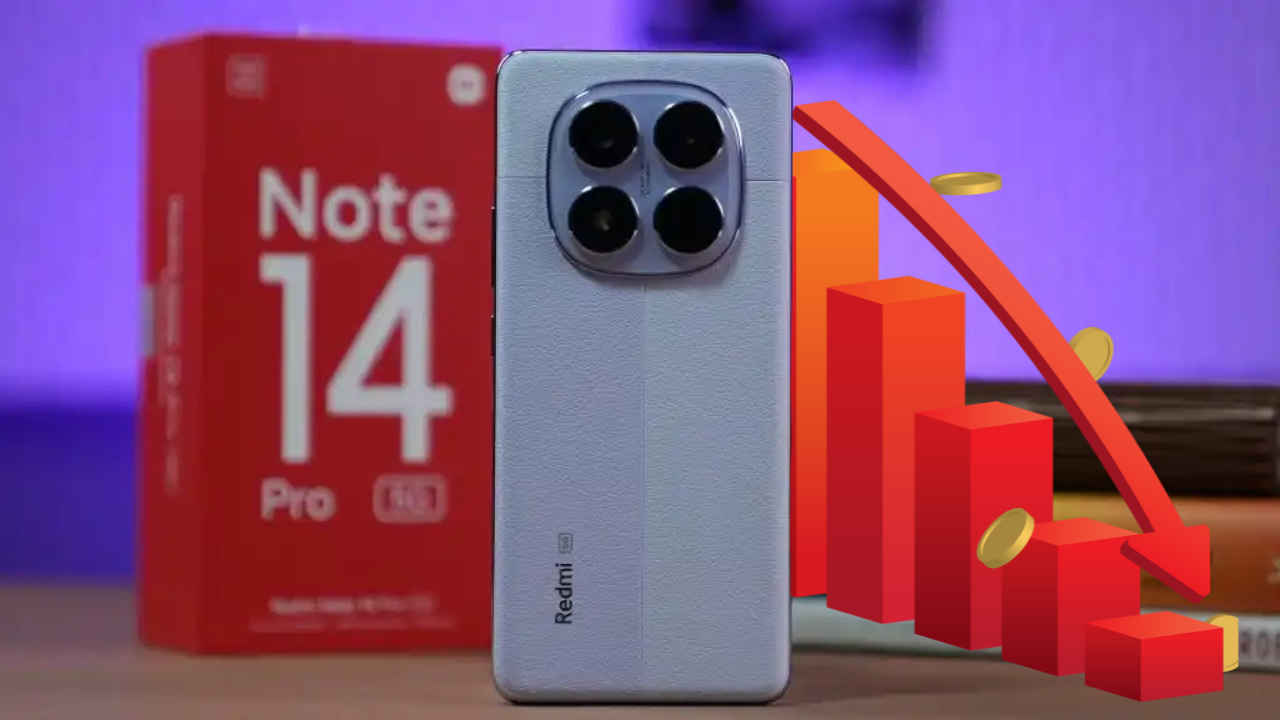
- Home
- Managed Services
- Cyber Security
- Blog
- About Us

We 365 Admin Support, just simplify your IT problems
Call for a free support. +91 96666 59505Platform Partnership
- Who We Help
- Shop
- Contact
- News






HIGHLIGHTS
Table of Contents
ToggleThe smartphone market in India continues to experience challenges, with an overall shipment decline of 8% year-on-year, bringing total shipments down to 32.4 million units for the first quarter of 2025. This period has been particularly tough for Xiaomi, a brand that once dominated the Indian market. Despite the overall downturn, Xiaomi (including its sub-brand Poco) has faced the sharpest drop in shipments among top competitors, with a staggering 38% decrease in Q1 2025 compared to the same time last year.
In concrete terms, Xiaomi managed to ship only 4 million units in Q1 2025, down from 6.4 million in Q1 2024. This significant decline led to a reduction in its market share from 18% to just 12%. This downward trend comes despite the fact that Xiaomi has launched two pivotal product lines in the first quarter: the Redmi Note 14 series and the flagship Xiaomi 15. However, these crucial launches did not translate into expected sales growth.
According to industry reports, the early launch of the Redmi Note 14 series failed to generate adequate market traction. This was primarily due to elevated inventory levels and a cautious approach from retail channels. While the Redmi 14C 5G managed to attract some interest in the budget segment, it was insufficient to counteract the general market slowdown, the report elaborated.
As Sanyam Chaurasia, a Senior Analyst at Canalys, stated, “The year 2025 appears to be heavily channel-driven. With organic demand remaining weak, Xiaomi’s traditional strengths within the offline and budget segments faced challenges from tighter sell-out strategies and aggressive tactics employed by competitors.” This highlights the significant shift in market dynamics that has adversely affected companies like Xiaomi.
While Xiaomi struggled to maintain its position, other competitors have flourished. Vivo emerged as the market leader by successfully shipping 7 million units and capturing a 22% market share. The company’s effective execution across various price tiers and marketing strategies centered around its ZEISS-supported V50 series contributed to an impressive 13% year-on-year growth.
Samsung secured the second position with 5.1 million units shipped, despite experiencing a notable 23% year-on-year fall in shipments. In contrast, rivals like Realme and Oppo (excluding OnePlus) reported positive yearly growth, with increases of 3% and 5%, respectively.
Earlier reports from IDC indicated that Xiaomi’s drop has led the brand to slip to seventh place in the Indian smartphone market. This downturn can be attributed to several factors, including underwhelming offline retail performance, high inventory from previous sales, and a relative scarcity of new product releases in recent months.
Analysts have pointed to Xiaomi’s ambiguous brand positioning as a contributing factor to its struggles. Straddling the line between budget-friendly and premium smartphones has diluted its brand image, and even its sub-brand, Poco, has faced backlash from online retailers. This confusion may have hindered the company’s ability to capture and retain consumer interest.
Compounded by leadership transitions and ongoing investigations concerning alleged foreign exchange violations, Xiaomi’s situation has become increasingly complex. These factors combined have not only affected its operational strategy but have also impacted its reputation in the competitive Indian smartphone landscape.